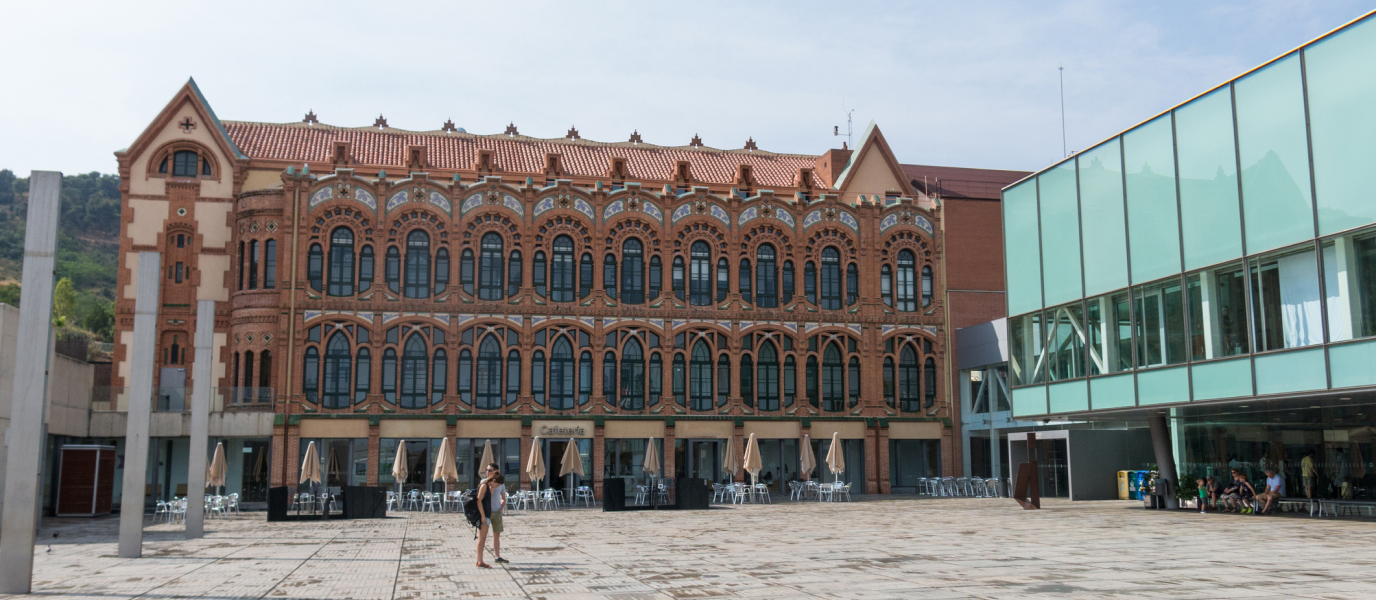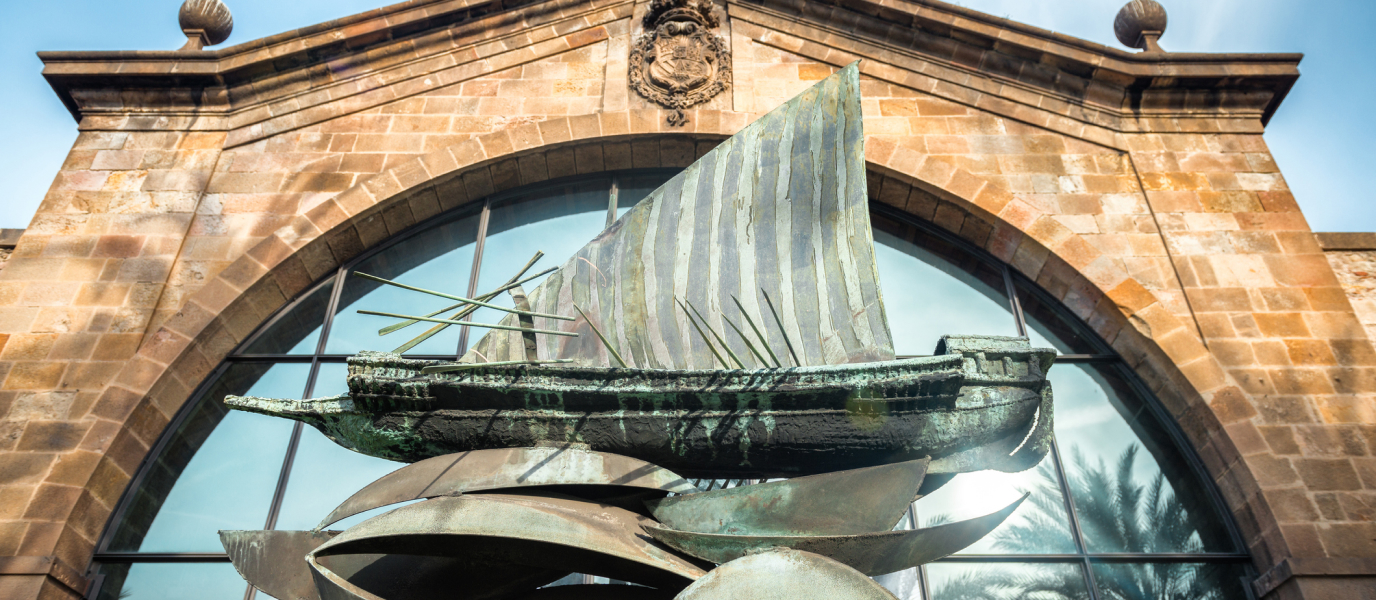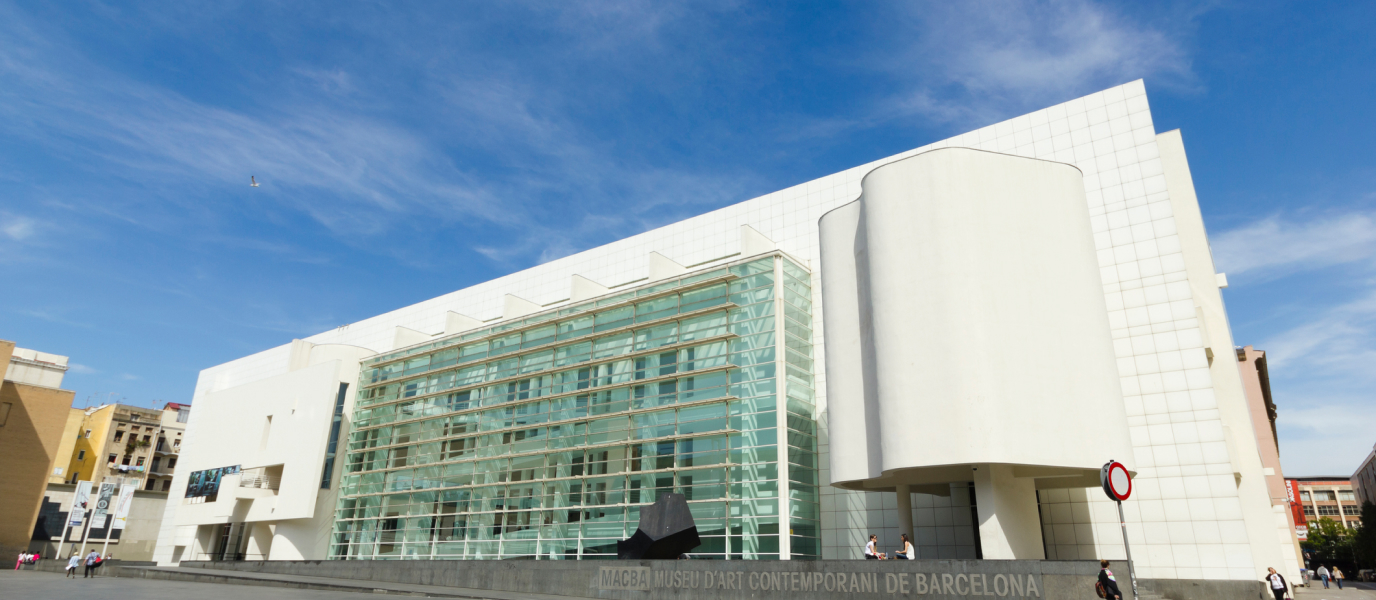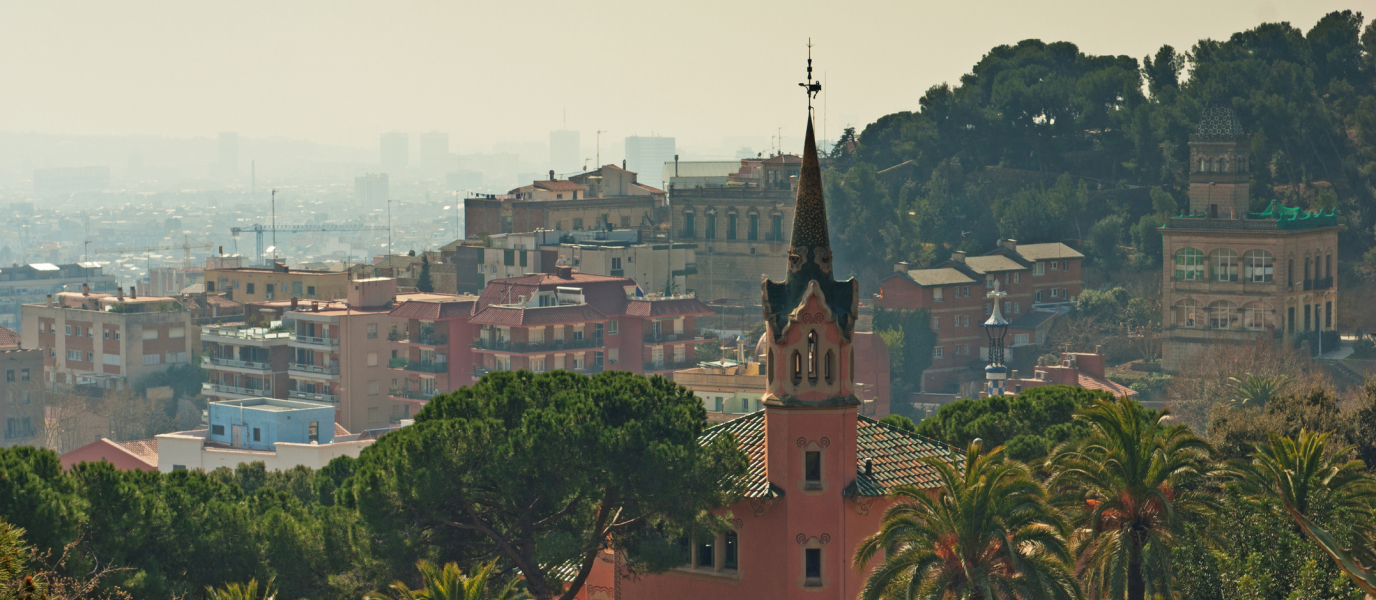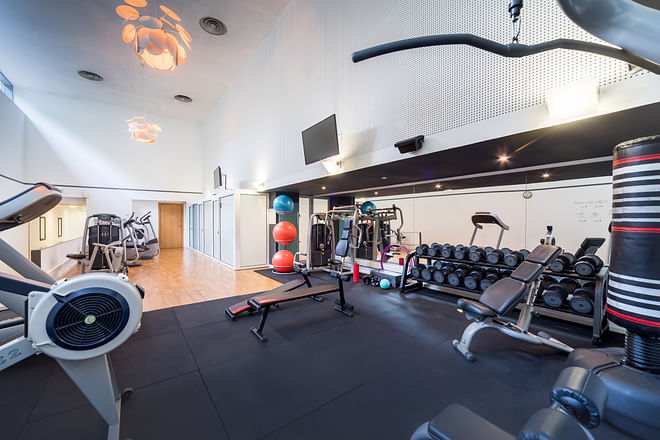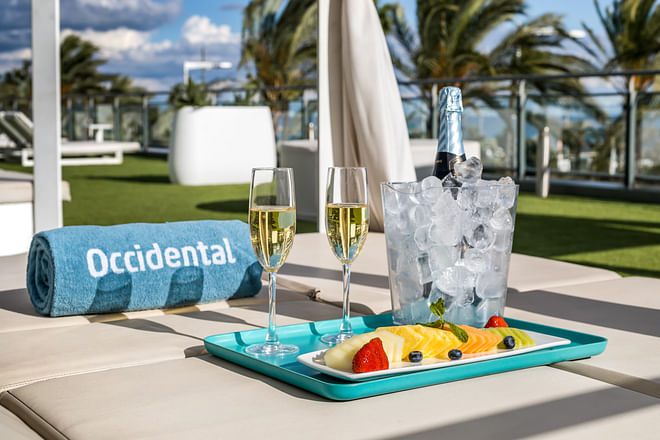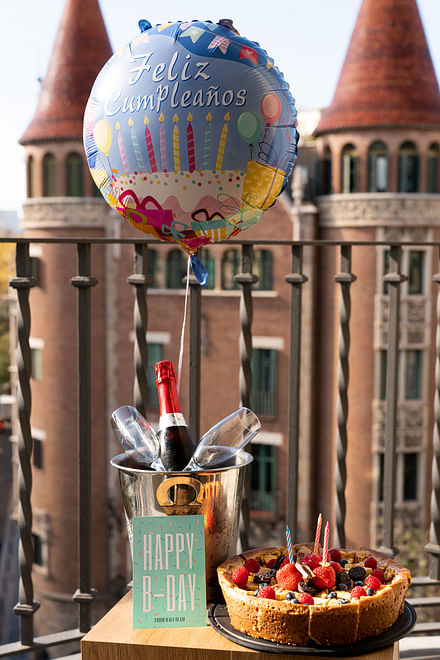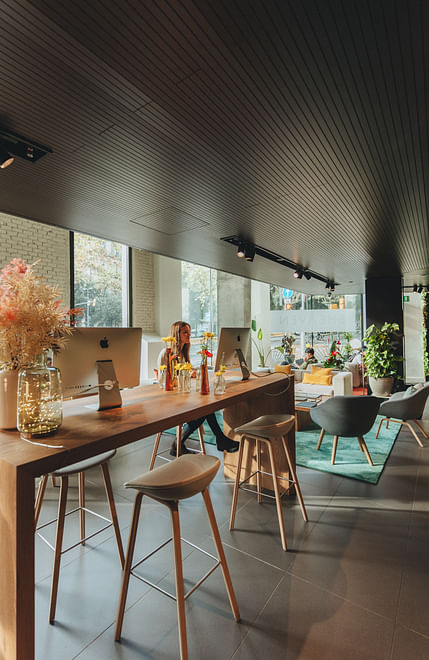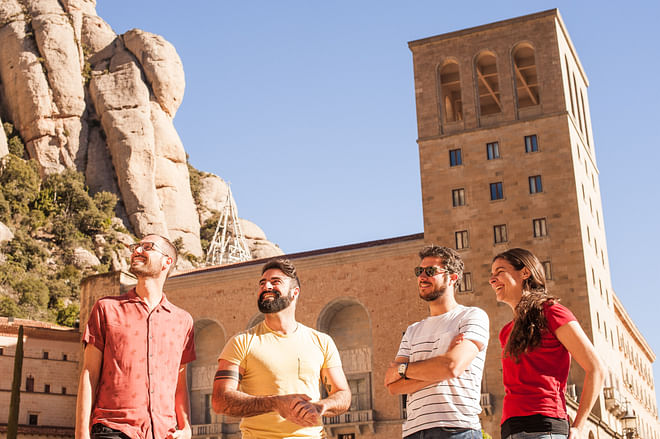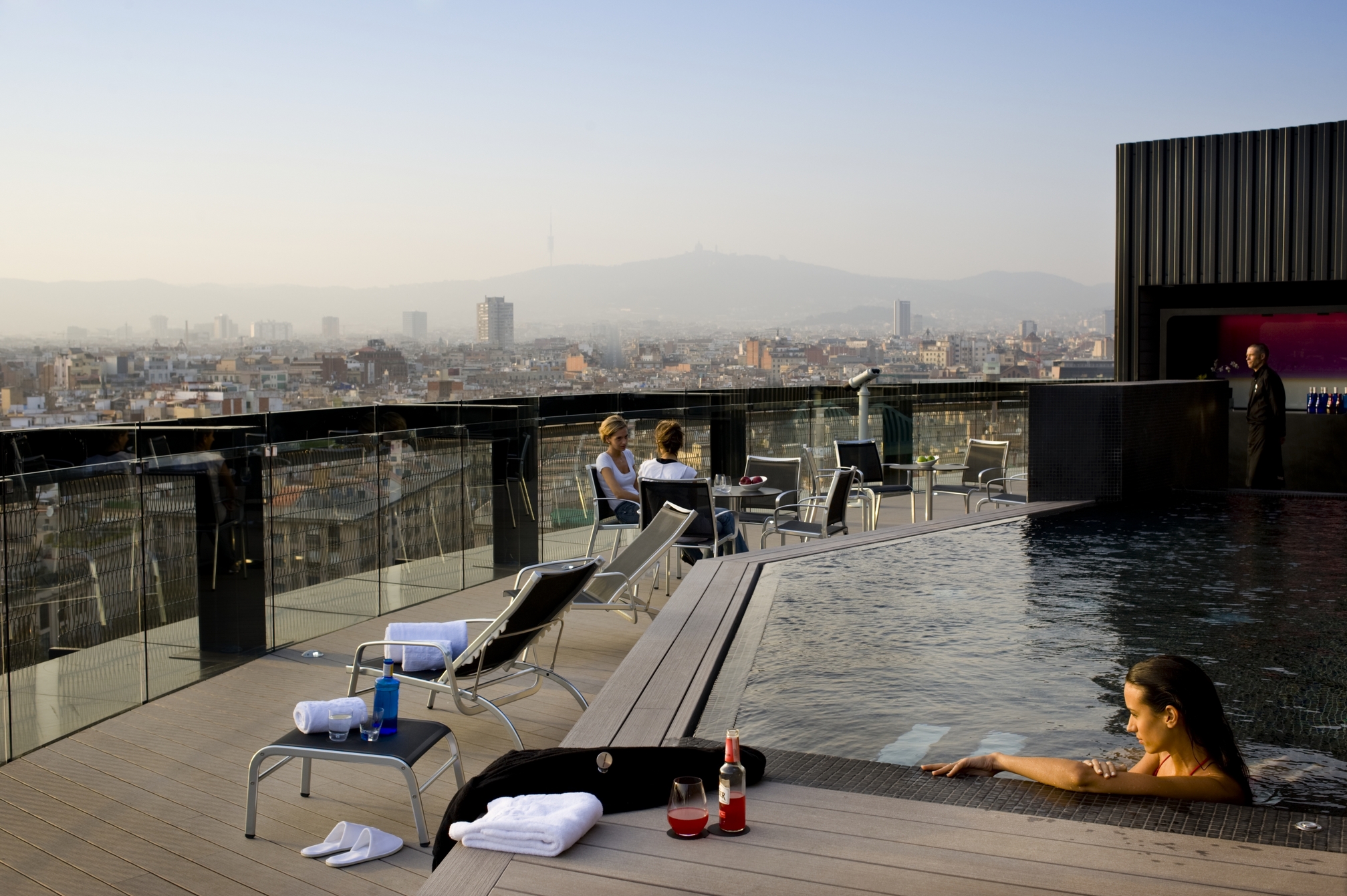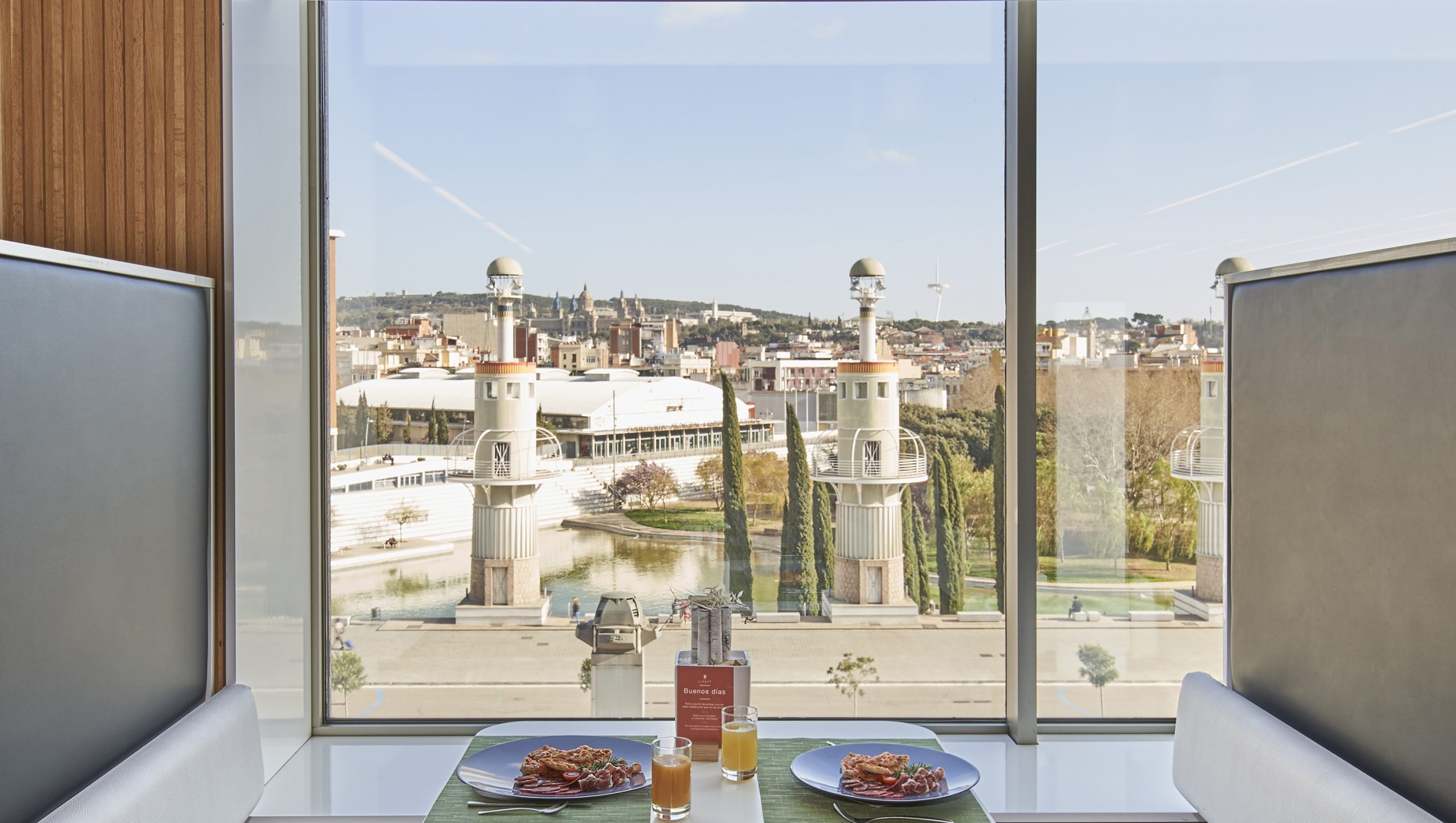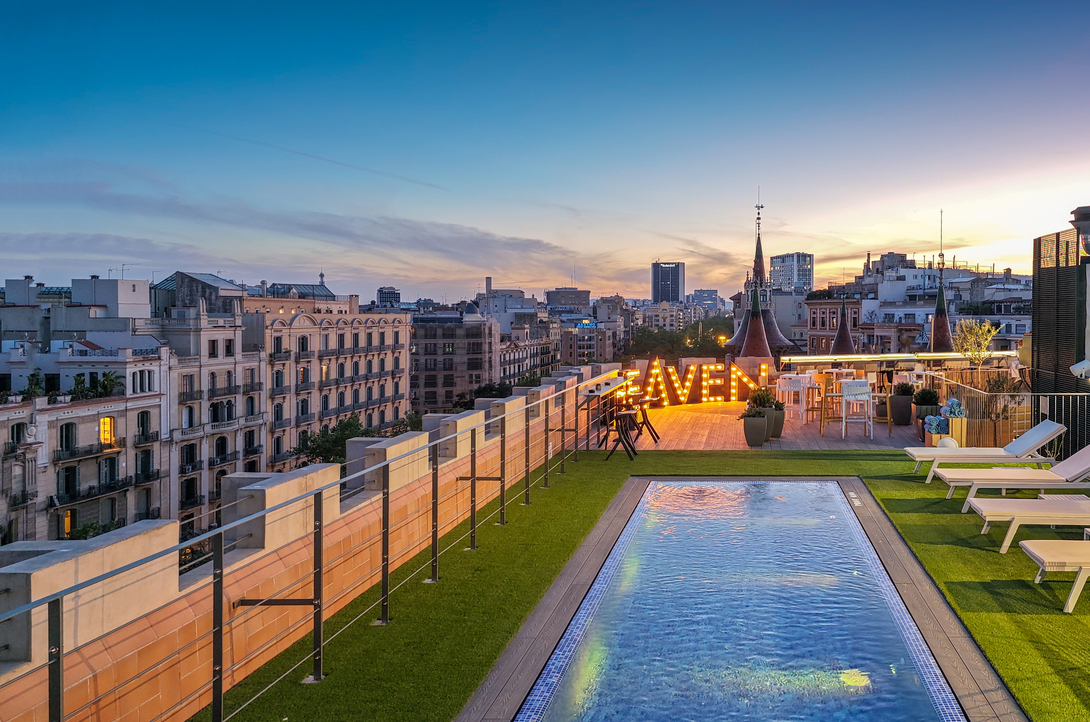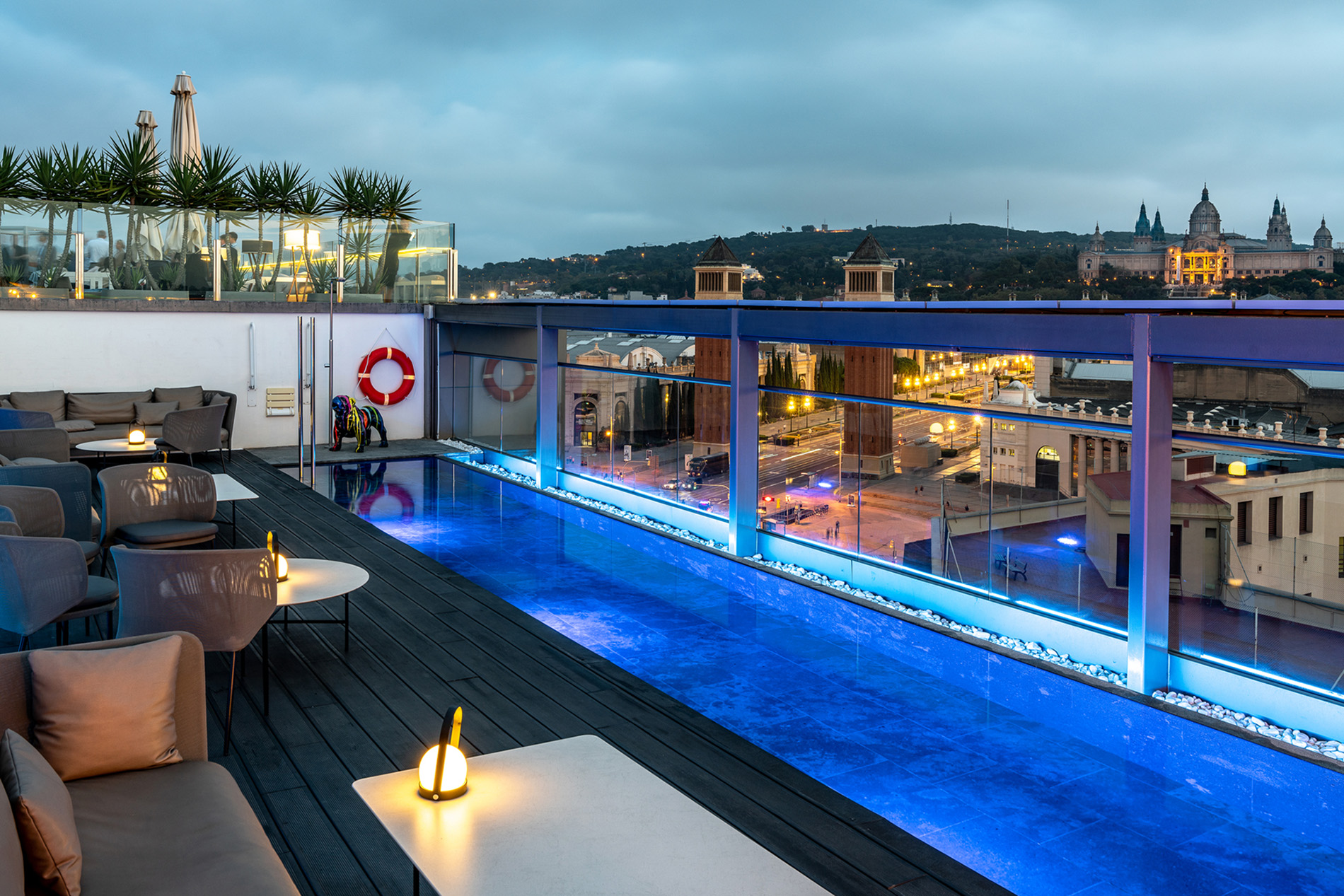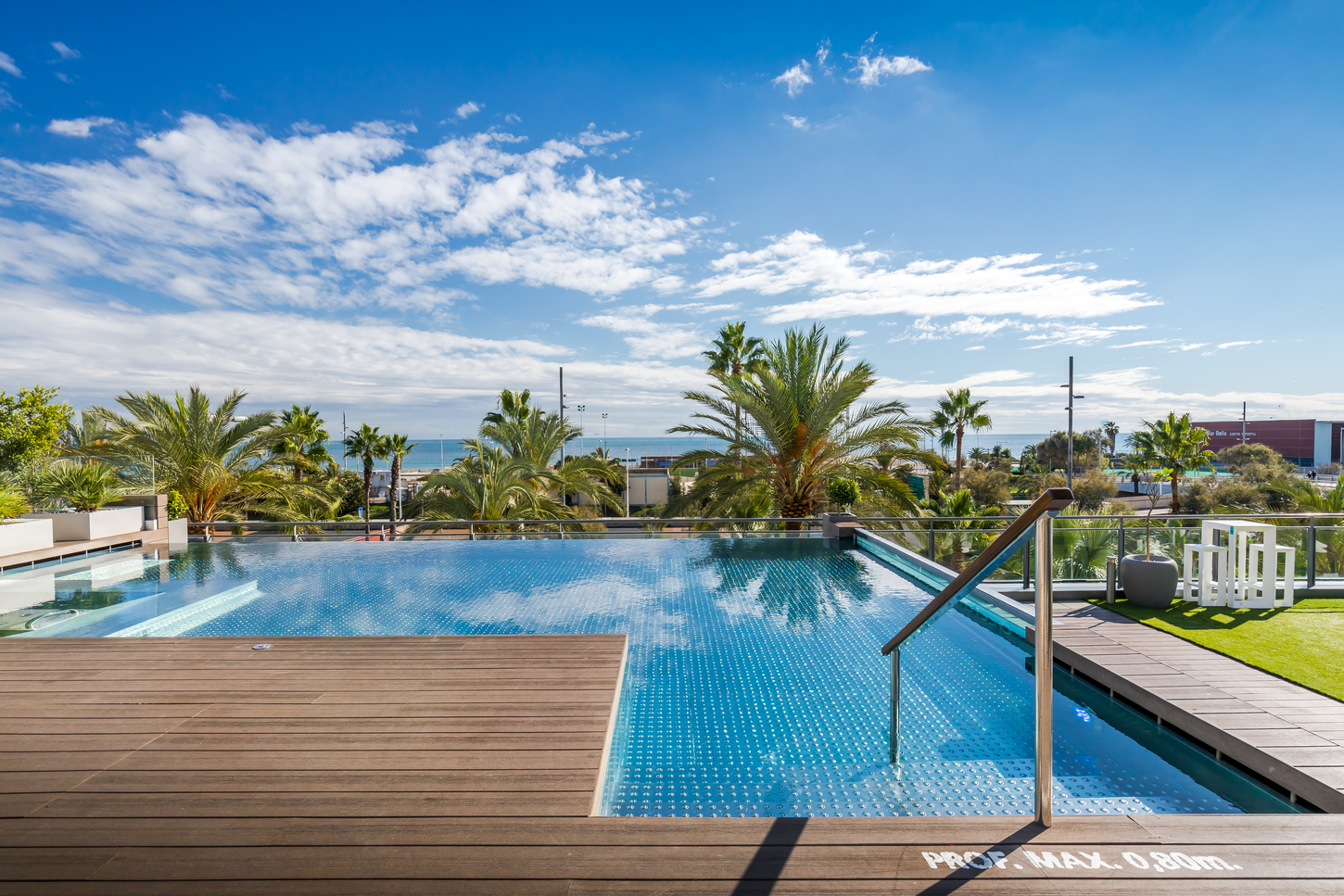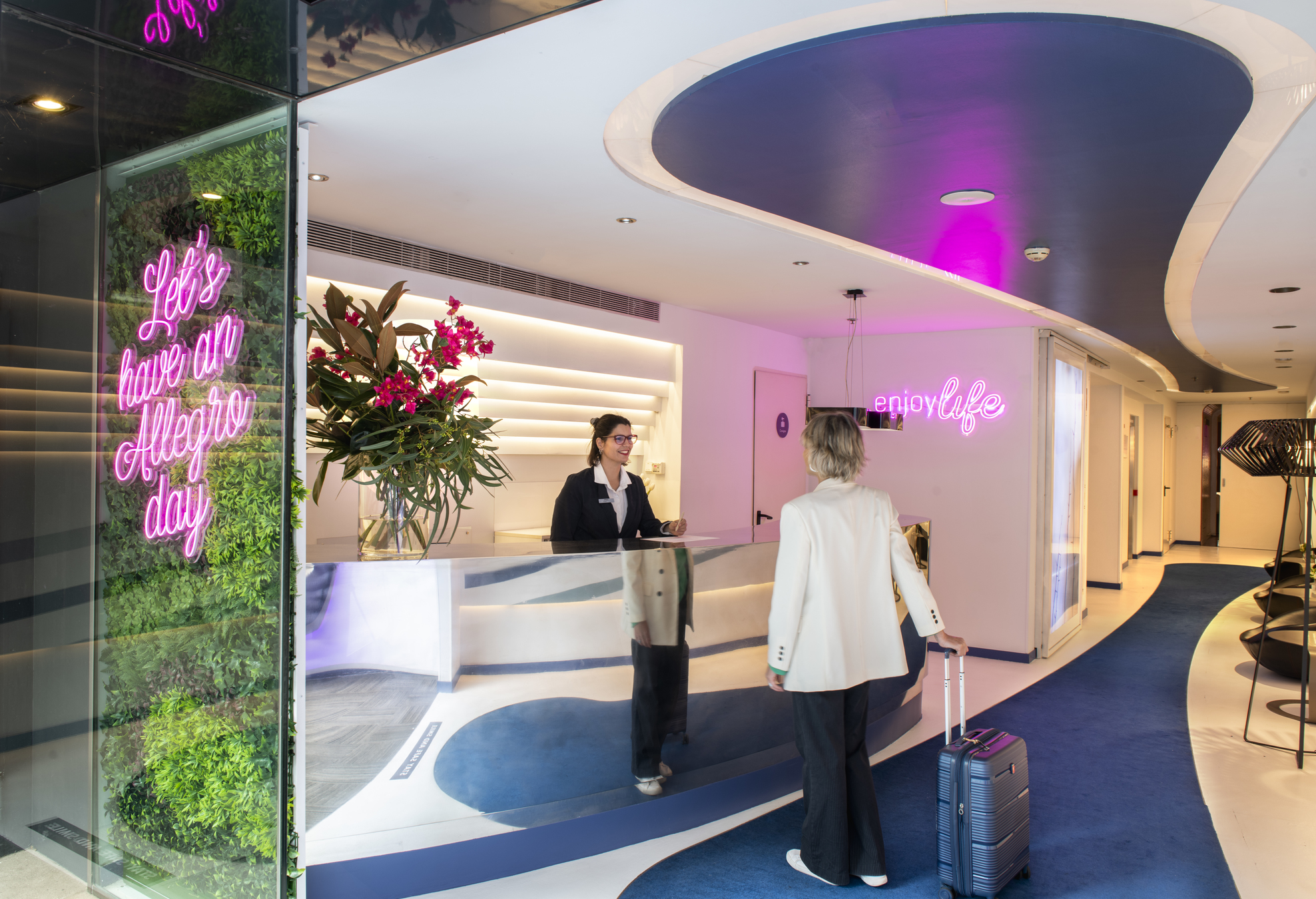When an exhibition space uses the motto “forbidden not to touch” it’s clear that traditional teaching methods have been abandoned. This is certainly the case at CosmoCaixa, which defines itself as an interactive Science Museum. Its extensive floor space has room for everything: observing, experimenting, learning and having fun. And best of all, members of the younger generation aren’t only welcome, they play a starring role in many of the activities in the events programme. Its educational role is accomplished by popularising science; here your age isn’t important, all that matters is being curious about how the planet works and the best ways it can be conserved.
From the past to the future
The installations at CosmoCaixa seamlessly combine the past, present and future, and it is easy to explain why. This large space was created on an original 1904 construction that was built to house the blind. The old Amparo de Santa Lucía home for the blind was designed by architect Josep Domènech i Estapà in the Modernist style popular in the period.
It was open for 75 years and when it finally closed its doors, the Fundació La Caixa took over and converted the building into the Barcelona Science Museum. The architects commissioned to adapt and expand the building were Jordi Garcés and Enric Sòria. The Science Museum opened in 1981 and it became the first interactive space of its kind in Spain. Almost two decades later it required modernisation to keep up with the times and was closed for refurbishment for five years. This time architects Robert and Esteve Terradas were in charge of the building works.
Converting the building into the modern museum space visitors enjoy today was neither fast nor straightforward. The main structures were preserved and the walls of the Modernist building were restored, while new materials such as steel and glass were incorporated into the design. In fact, the new structure was expanded to four times the size of the original Science Museum. CosmoCaixa now covers approximately 30,000 m2 spread across nine floors (six of which are underground but lit by natural light), and a wide panoramic square.
The immense value of the CosmoCaixa Barcelona project earned it recognition from the European Museum Forum and it won the European Museum of the Year Award in 2006.
CosmoCaixa opens in Barcelona
The second version of this science-focused space opened in September 2004 under the name CosmoCaixa and was launched based on principles that were similar to those in place today. Its aims included bringing science closer to people from all walks of life, encouraging an interest in scientific issues, interesting society in scientific knowledge and making it relatable to everyday needs. There was also a focus on sustainability, which is more pertinent today than ever. The entire project had a twin scheme in Madrid, but this sadly closed in 2013.
Based on the guiding principle of increasing people’s awareness, CosmoCaixa Barcelona created a series of spaces that covered specific themes related to science. Highlights include: the Geological Wall, the Flooded Forest, the Antarctic Base, The Matter Room (currently under refurbishment) and the Most Beautiful History of the Cosmos. Here is a brief summary of the aims of each:
- The Geological Wall. This huge wall consists of seven large pieces of rock and aims to explain the geological processes that led to their different forms (erosion, sedimentation, faults, volcanism, folds, etc.). It is 24 metres long and weighs 90 tonnes. Is there any better way to feel close to science than having it right in front of you?
- The Flooded Forest. It’s not every day you get the chance to cross the Amazon jungle in safety. This space reveals the rich ecosystem of the Amazon, home to 50% of the biodiversity on Earth. Experience its warm microclimate, learn about its animals, see illustrations and interact with multimedia resources. But watch out! There’s a tropical downpour every fifteen minutes.
- The Antarctic Base. Antarctica is one of the most remote corners of the planet, an inhospitable land where only adventurers and scientists have ventured. This installation offers visitors the chance to discover the minutiae of life at the Spanish base led by Dr. Josefina Castellví, the first woman to be in charge of an international scientific base.
- The Most Beautiful History of the Cosmos. Join an exciting adventure and discover the history of the world through fossils. This exhibition is spread across CosmoCaixa; travel five million years by walking just 900 m.
Exhibitions and children’s areas
As we mentioned at the beginning, children are welcome at CosmoCaixa and there are spaces, activities and workshops specifically aimed at this age group. Creactivity was designed to inspire a curiosity in handling objects and children can explore the space freely or take part in a guided activity. The Bubble Planetarium reveals the marvels of the Universe to smaller children (5-8 year olds). Learning about scientific curiosities in the Clik Workshop with a monitor is another opportunity for children to join in. Check the programme for other educational activities related to the Universe, which are sure to capture the interest of younger visitors.
A further reason to visit CosmoCaixa regularly is its temporary exhibitions. Subjects vary but science always features as a common theme and these high quality exhibitions never fail to surprise.
Finally, don’t leave without visiting the sustainable building; it’s easy to spot because it’s covered in plants. This structure aims to raise awareness about the need to adapt buildings so that they support the sustainability of the planet.





























































